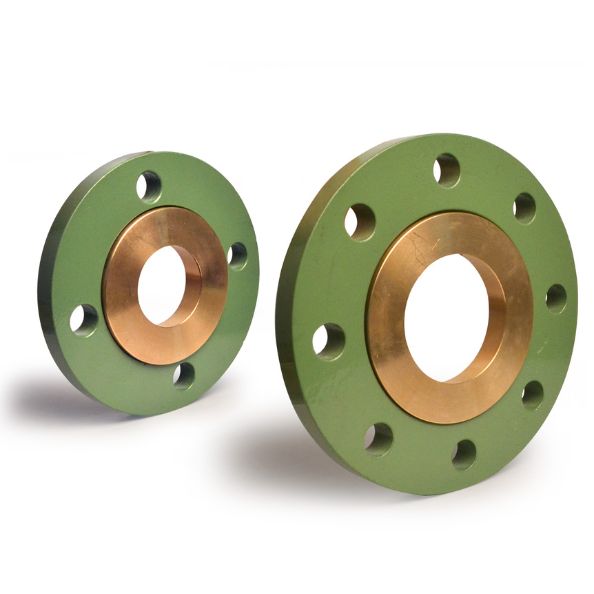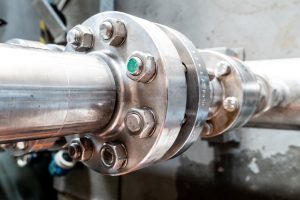Exploring the Advantages and Applications of Bimetallic Flanges in Industrial Piping Systems

Get in touch !
- Dubai, UAE
- No Comments
Introduction
Bimetallic flanges, also known as bimetal flanges, are critical components used in various industrial applications. These innovative fittings offer unique advantages due to their dual-material construction, making them highly sought after in industries requiring high-performance and durability. In this comprehensive guide, we will explore the applications, advantages, manufacturing process, and considerations for selecting the right bimetallic flange supplier.
Applications of Bimetallic Flanges
Bimetallic flanges find extensive use across a wide range of industries, including oil and gas, petrochemical, chemical processing, and power generation. They are commonly employed in piping systems for connecting pipes of different materials or in environments where corrosion resistance and mechanical strength are paramount.
Advantages of Bimetallic Flanges
One of the primary advantages of bimetallic flanges is their ability to combine the best properties of two different materials. For example, a bimetallic flange may feature a steel base for structural strength and a corrosion-resistant alloy layer for protection against corrosive substances. This dual-material construction enhances the overall performance and longevity of the flange, making it ideal for demanding applications.
Manufacturing Process of Bimetallic Flanges
The manufacturing process of bimetallic flanges involves bonding two distinct materials together to form a single, integrated unit. This can be achieved through various methods, including explosion welding, roll bonding, or diffusion bonding. Each method has its advantages and is selected based on factors such as material properties, flange dimensions, and application requirements.

Choosing the Right Bimetallic Flange Supplier
Conclusion
Bimetallic flanges are versatile components that offer numerous benefits in various industrial applications. By understanding their applications, advantages, manufacturing process, and selecting the right supplier, you can ensure optimal performance and reliability in your piping systems. Explore the wide range of bimetallic flanges available at MBTC UAE and experience the difference they can make in your operations.
Get In touch
Steel fabrications



